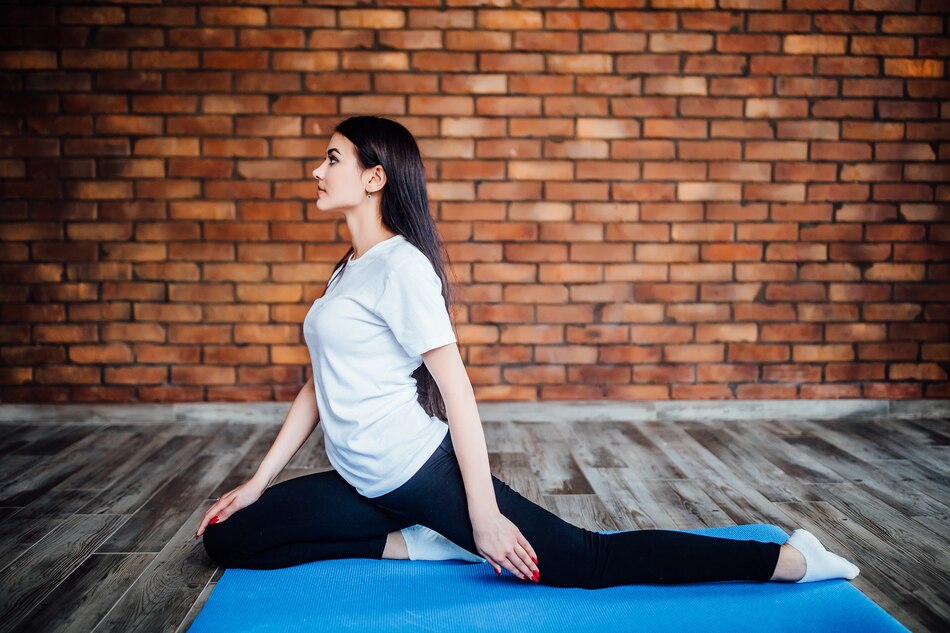Yoga where breathing and movement are linked keeps the body balanced. Doing pretty poses isn’t the only thing yoga is. This method is for balancing your body, mind and spirit. Professionals move deeper into the problematic alignment dance every time they breathe.
They seek balance in the web of muscle bones and energy paths. A holy practice uses alignment as a guide to help people become mentally and spiritually clear, physically stable and spiritually awake. Find out more about the five keys to balance in yoga to start a trip inside that will change you.
Breath Awareness
Awareness of your breath is integral to yoga because it helps you stay in line and move through the poses. It also makes it easier to stay in the present moment on the mat. Taking deep breaths clears your head and gives your body air. The connection between our mind and body strengthens when we time our breath with our actions. This makes the practice more profound and more fulfilling.
Holding our breath can also help us feel better and stand up straighter. Taking a deep breath can assist in lengthening the spine and releasing a breath can strengthen the lunge and ensure the front knee is in the right place over the ankle in Warrior I. Similarly when we breathe in throughout a forward fold our necks can open up. When we breathe out our backs stay straight and we can fold deeper.
Mindful Engagement
Mindful involvement in yoga means giving the exercise your full attention, staying in the present moment and paying close attention to how your body moves. This concept ensures that practitioners remain aware of their body signs and reactions by encouraging them to be fully present in every pose and change.
If you want to be aware, pay attention to how your body feels in each pose. Pay attention to how your muscles, joints and stance feel. Do you use different parts of your body more than others? If you pay attention to these small details you can make small changes to help your balance and make the pose more beneficial.
To be mindfully engaged you must always keep your mind on the exercise. This means giving your full attention to what you’re doing instead of letting your mind wander. Pay attention to the actions, feelings and breaths. With this much attention your yoga practice can become a moving meditation that clears your mind and lowers your stress.
As you start each lesson, make a clear goal for yourself. This could be a specific goal for your practice like getting more flexible or letting go of stress or a more general purpose like becoming more patient or thankful. Setting a goal helps you focus and keeps you inspired and interested in your exercise.
Grounding And Foundation
While doing yoga poses you need a solid base to keep you calm. Start by putting your feet and hands on the ground. This makes the base of your body stable. Rooting down with the feet can make us feel more robust and more stable and make it easier to move around while we work out.
The right way to center ourselves additionally assists us in connecting with the earth more deeply which makes our practice feel more stable and rooted. This link can be beneficial for balancing poses that need a solid base to keep your balance and stance.
Having the spine in the right place is essential for health and well being because it runs through the middle of the body. In yoga the spine is stretched out and lined up with the rest of the body. This improves posture and energy movement which in turn makes you feel calm and full of life.
If we work on spine balance in our exercise we can stand taller, avoid getting hurt and feel better. Snake and Cat Cow Poses which stretch and strengthen the spine can help straighten the spine while maintaining a healthy and balanced body.
Balance And Symmetry
In yoga it is essential for both the mind and the body to find balance and unity. Asanas that help us balance help us become more physically stable and mentally calm and these benefits last beyond our yoga practice and into our everyday lives. When we try to make our movements symmetrical we line up both sides of our bodies evenly.
This creates a sense of balance and unity. To add balance and harmony to our exercise we need to pay close attention to how we use our muscles and how our weight is distributed. In poses like Tree Pose Vrksasana and Warrior III Virabhadrasana III we need to focus on balancing through the standing foot and keeping our back straight making sure our core is engaged and our limbs are balanced.
This helps us stay in the pose and strengthens our supporting muscles making us more balanced overall. Practicing balancing poses can also help us focus and concentrate. Our minds become more focused and present when we balance on one leg or move our weight in dynamic poses. This allows us to let go of distractions and stay centered. Focusing our minds on one thing can help us feel more balanced and calm which can help us deal with life problems more efficiently and gracefully.
Conclusion
In yoga being connected doesn’t just mean where our bodies are in poses. It also means making our lives and routines more balanced and in tune. Try these five alignment keys to feel better, connect with your body more profoundly and improve your balance. The next time you get on your mat remember to breathe, pay attention, focus on your base, straighten your neck and try to make your practice even and even looking.
